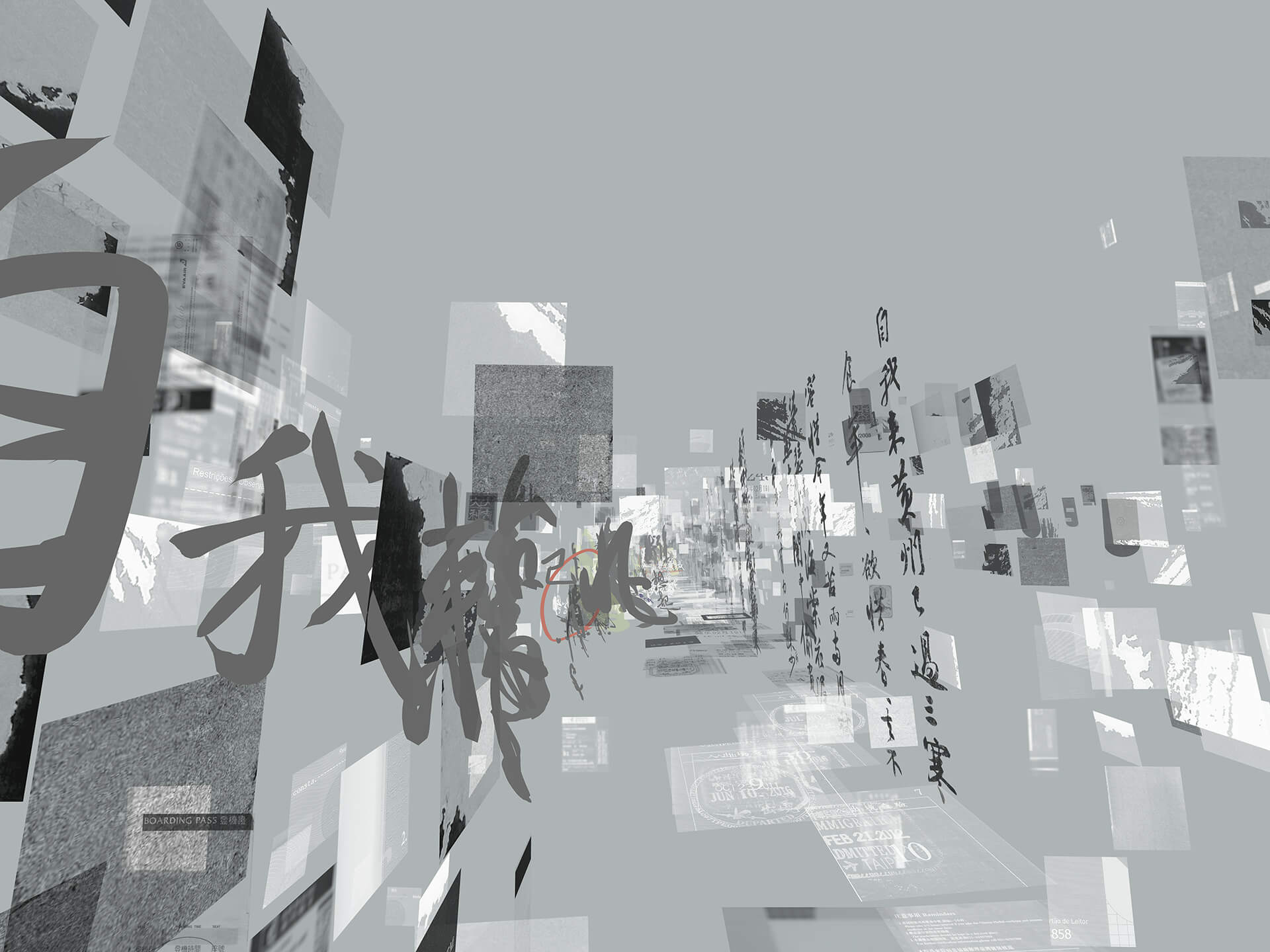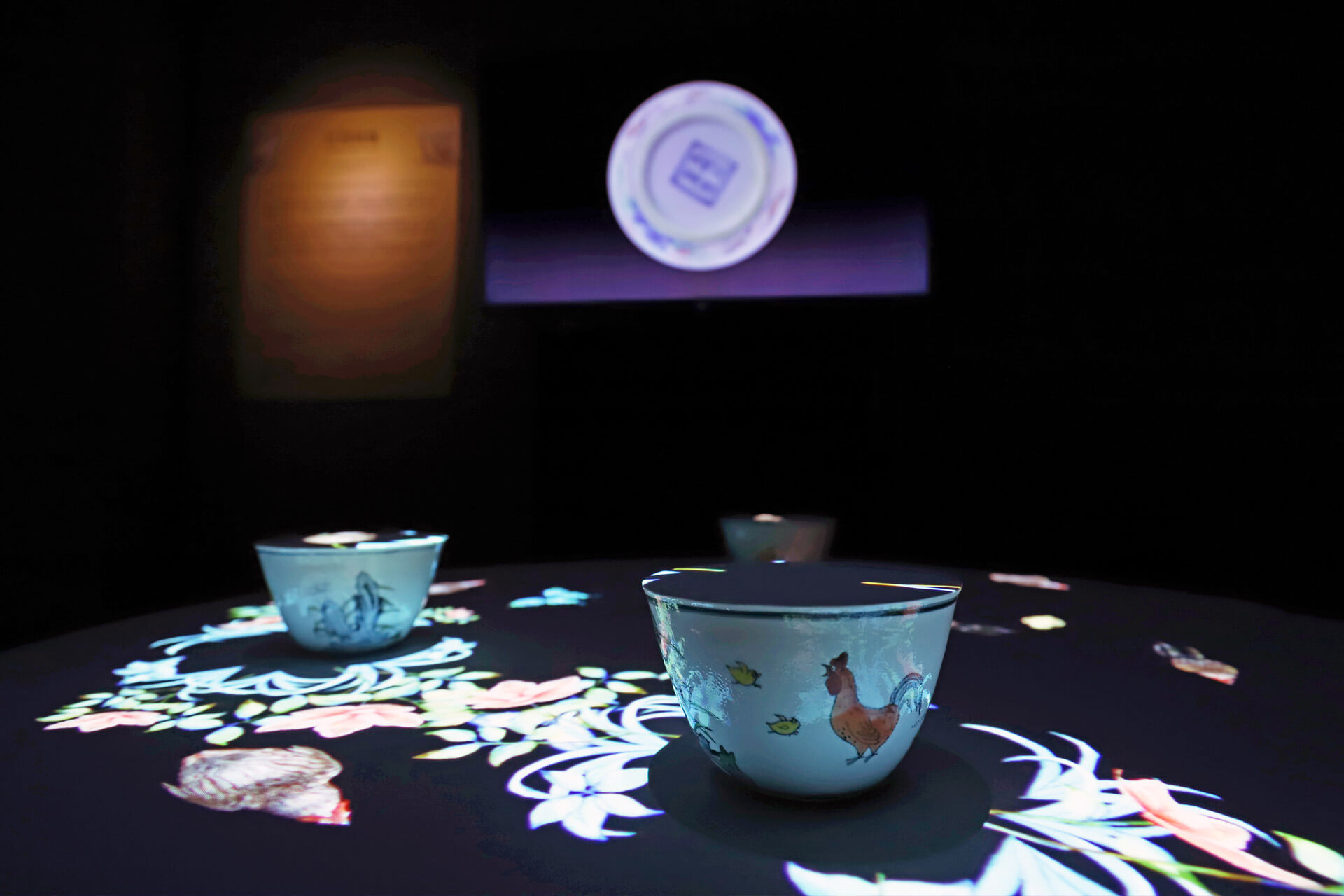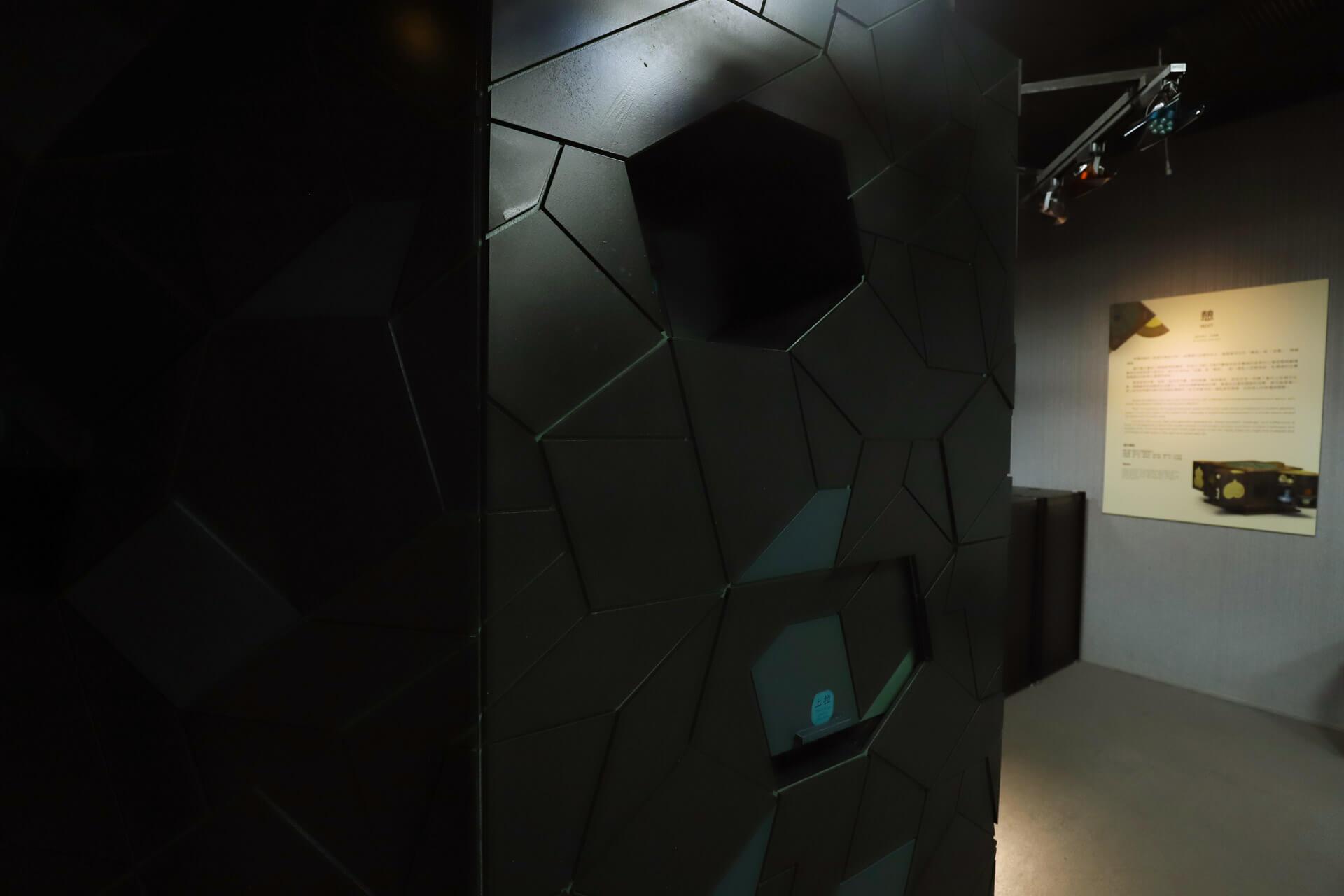A Museum-University Joint Project
NPM X Nationl Chengchi University Office of Translating Artistry
The videos in this section were produced as part of the “New Innovations in Traditional Art – National Palace Museum Practical Project,” which is a joint effort between the National Palace Museum and the Office of Translating Artistry, Nationl Chengchi University. The videos are based on the historical and cultural underpinnings of artifacts contained in the museum’s collection. Meticulous observation and ingenuity of young scholars bring new creativity to these traditional items.
Production Team
Land of the Heron: Zhang Kai-han, Xu Ya-ting, Pan Guan-hua
Stone Crab: Xie Meng-gang, Li Ye-jing, Zeng Fan-ru
Fish Oddities: Yan Wei-yan, Weng Yi-jie, Zhao Yu-nuo
A Snail Becomes a Crab: Deng Qi-wei, Hu Hui-yu, Zhuang Jie-xin
A Fish Jumps Over the Dragon Gate—Official and Hidden: Yang Zheng-hong, Chen Guan, Chei Si-yu
Return of the Horseshoe Crab: Huang Min-Yu, Liao Chen-Fu, Huang Lei
Reunion at a Distance: Li Ya-Han, Zhong Cheng-Han, Yang Lin
The Super Treasure Hunting Crab: Huang Cai-Shen, Huang Yi-Xiang, Li ya-Xin
Emerging from the Depths of the Sea: Chen Yu-Ruo, Wu Bao-Xian, Ke Jun-Yan, Wang Hao-Zheng
Jade Bixie auspicious beast: Wang Yin-Jie, Hou Cheng-Ruei, Liou Jia-Yu
One Hundred Horses: Wang Yin-Jie, Hou Cheng-Ruei, Liou Jia-Yu
Square treasure box: Lin Nuan-Ting, Huang Siao-Rou, Huang Yu-Jhe
Colorful Chicken Cylinder Cup: Ren Yi-Yu, Huang Jhih-Li, Wu Huei-Jyun, Li Lian-Tong
Mounting: Wu Huei-Jyun, Li Lian-Tong
Yi water vessel with an animal handle and feet in human figures: Li Li-Ting, Chen Sin-Chun
Ivory balls: Huang Jing-Syuan, Jheng,Siao-Rong
Artistic Conception: Jheng Yi-Chun, He Sin-Yun
Texture: Jhao Rou-Ya, Ke Lan-Ting
The Cold Food Observance: Wu Yi-Shan, Ciou Pin-Rong, Li Sin-Yun, Guo Cian-Hua
Guidance Team
National Palace Museum
Nationl Chengchi University Office of Translating Artistry
TOGETHER (Animation Guidance)
NPM X National Taiwan Normal University
-

-
When am I, where am I ...
(Dates: 2019/12/13 ~ 2020/01/13)
Su Shih had created a time and space in Huangzhou in 1082, and deposited it in the The Cold Food Observance. "When am I, where am I ..." is another time and space created in 2019 Taipei as a response. As a VR form of chinese calligraphy, it also serves as a collection of nearly a thousand years. Inviting the audience to move to calligraphy and text reading, or to be able to see through the immersive vision and physical experience, beyond the calligraphy and writing.
Wearing VR glasses, the audience will be in full 3D VR landscape, just like the ancient chinese literati took a boat to watch the water. The audience can look up and down, or walk or turn in the area of about ten feets square.
The work consists of three chapters. The first chapter is the Su Shih's original text and the reproduction of VR calligraphy. The second and third chapter are the colophons written by Hong Sio Pang and Ko Liang-Chih respectively in VR and traditional calligraphy. They responds in a contemporary account to the theme, "migration", of the original poem. One thousand years is passing by, and despite the advancement of science and technology, people still inevitably migrate like their ancestors. Life has an end, but the migration in time and space is still endless.
Department of Fine Arts, National Taiwan Normal University
Hong Sio Pang, Ko Liang-Chih
NPM X National Taiwan University of Arts
-

-
Unfettered Red Crowns
This work uses the device for film that incorporate the 3D scanning and sense techniques of interactive installation.
This work is inspired by the “Colorful Chicken Cylinder Cup” that originated from the Chenghua period during the Ming Dynasty. And it depicts the story where the roosters strut while the hens lead the small chicks to peck at food. In the background, the red-crownedroosters are strutting in the wild, which shows the fun in the foraging process.
Using the 3D scanning techniques, this work re-examines the “Colorful Chicken Cylinder Cup” from different perspectives. The vivid video offers a microscopic view of the big picture. On the other hand, the viewers can interact with the dynamic animated image on the table using the object with the sensor. The red-crowned roosters can show animated effects as the viewer moves, and they can even emit the crow of the red-crowned roosters.
This work incorporates the human interaction technology into new media art. This not only allows the viewer to watch the “Colorful Chicken Cylinder Cup” and cultivate the aesthetic taste through the film of 3D scanning, but also allows the viewer to get closer to the ancient utensils and understand the new media art through the interactive device with the sensor.
Department of Multimedia and Animation Arts, National Taiwan University of Arts
Animation Advisor: Prof. Shih, C. Jay
New Media Art Advisor: Prof. Chen, Yung-Hsien
Animation Group:
Lin Yu-Ling, Jhang Jhe-Hao, Hsu Yi-Chi, Yeh Chao-Chun, Zou Yu-Ling, Liu Yi-Hong
New Media Art Group:
Tsai Bing-Hua, Huang Han-Po, Chen Xin-Wei, Chao Yi-Wei, Chen Chia-Yi, Cheng An-Kuei
NPM X Taipei National University of the Arts
-

-
REST
(Dates: 2019/12/13 ~ 2020/01/13)
Square sandalwood curio case of the Qianlong era, with delicate and transformed structure and device, symbolizes the emperor’s power of owning and collection.
“Rest”, inspired by the three dimensional space of the curio case which corresponds to theatre aesthetic space. To own and collect in the modern life, especially a subjective consciousness in a private space always has issues with the public area.
This work, with a cold, dark, and geometric appearance, shows boredom, breakage, and indifference at times. It corresponds to which the modern people in the modern society must face multiple challenges and stresses of life. You must open the door of the case slowly to see the inside where you might find a relaxed and comfortable private space in this rapid and rushed daily life.
School of Theatre Arts, Taipei National University of the Arts
Chang Ke-Hong, Chien Hsiu-Fen, Tang Ching-Tse, Chien Hsing-En, Lo Yu-Chen, Chi Yi-Te, Lee Kuo-Han, Yeh Fang, Liao Jun-Ru, Ng Shiang-Kia, Lin Hsiang, Chuanh Hao-Yen